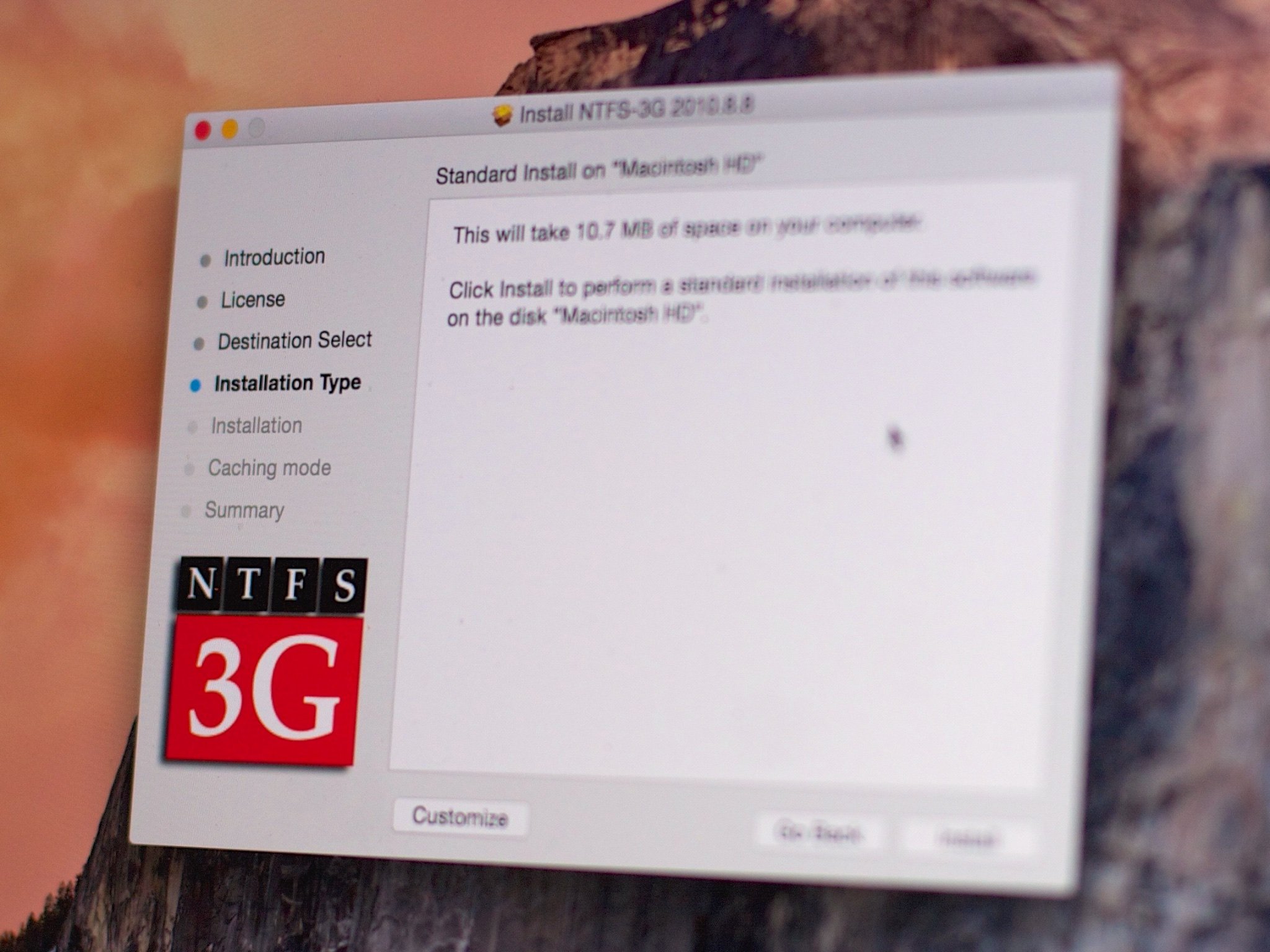How Do You Format An External Hard Drive For Mac And Pc
If you're unsure of which model you have, choose an external drive with a USB 3.0 cable, as this type of connection is compatible with older USB ports. Use Disk Utility to Format an External Drive After you connect an external drive to your Mac, open the Applications folder from the Finder window. The drive should say unallocated; Note: If it does not you will need to right-click and delete the volume first. If the external hard drive is pre formatted for Mac, Disk Management will list 3 partitions and you will not be able to delete the 'Health (EFI System Partition)' because it's a protected partition.
Hey guys what's up, This is information Epson WorkForce 600 Driver, Software/Utilities, Manuals, Download for Windows, Mac OS X, Linux, and Printer Review, How to Setup, Wireless or Wifi Setup, Install, and more for you, Thanks. Epson workforce 600 driver for mac os x.
Back Up the Drive’s Data First First, back up the data on the Mac-formatted drive if you have anything important on it. This process won’t actually convert the file system. Instead, we’ll just be wiping the drive and starting over from scratch. Any files on the drive will be erased.
If you have a Mac lying around, you can plug the drive into a Mac and back up the files. If you only have Windows systems available, you can use to copy files from the drive onto your Windows system drive or another drive. Problems grouping objects in word for mac.
Format External Hard Drive Mac
HFSExplorer unfortunately requires you install Java to use it, but it’s the only free option here. You’ll probably want to. Erase the Mac Partitions, Including the EFI System Partition RELATED: First, open the.
Press Windows Key + R to open the Run dialog, type diskmgmt.msc into the box, and press Enter to open it. This tool allows you to manage the partitions on drives connected to your computer — internal ones or external ones connected via USB. Locate the Mac drive in the list of disks. Be sure you’ve identified the Mac drive — if you accidentally delete partitions from another drive, you could damage your Windows installation or lose your files. If you’re lucky, you can just right-click each partition on the Mac drive and select Delete Volume to remove the partitions. You can then right-click in the empty space and select New Simple Volume to create a partition and format it with the Windows NTFS or FAT32 file systems. The Mac drive may have an “EFI System Partition” on it.
Microsoft word page. It is an update that unifies a user’s experience across platforms, and it’s also a release that contains many valuable new features and improvements—more than 30 in all.
This partition is marked as protected, so you can’t just right-click and delete it — the delete option will be disabled. To erase this partition, we’ll have to wipe the entire disk. This process erases everything on the disk, including its files and all its partitions. First, note the number of the disk in the disk management window. For example, in the screenshot below, the Mac-formatted drive is Disk 2.
Next, open a Command Prompt window as administrator. To do this on Windows 8 or Windows 7, press the Windows key once, type cmd, and press Ctrl+Shift+Enter. Type diskpart into the Command Prompt window and press Enter. Type list disk at the DISKPART prompt and press Enter to view a list of disks connected to your computer. Identify the number of your Mac disk in the list.
It should be the same as the number of the disk in the Disk Management window. Be sure to double-check this — you could accidentally wipe the wrong drive if you select the wrong disk here. Type select disk # and press Enter to select the Mac disk, replacing # with the number of the Mac disk. For example, here we’d type select disk 2. Finally, type clean and press Enter.

This command erases the entire selected disk, including all its files and partitions — whether they’re protected or not. You’ll have an empty, uninitialized disk after you do this. Close the Command Prompt window when you see a message saying “DiskPart succeeded in cleaning the disk.” Create an NTFS or FAT32 Partition You can now open the Disk Management window again. If you’ve left it open, you may have to click Action > Rescan Disks to update the data.